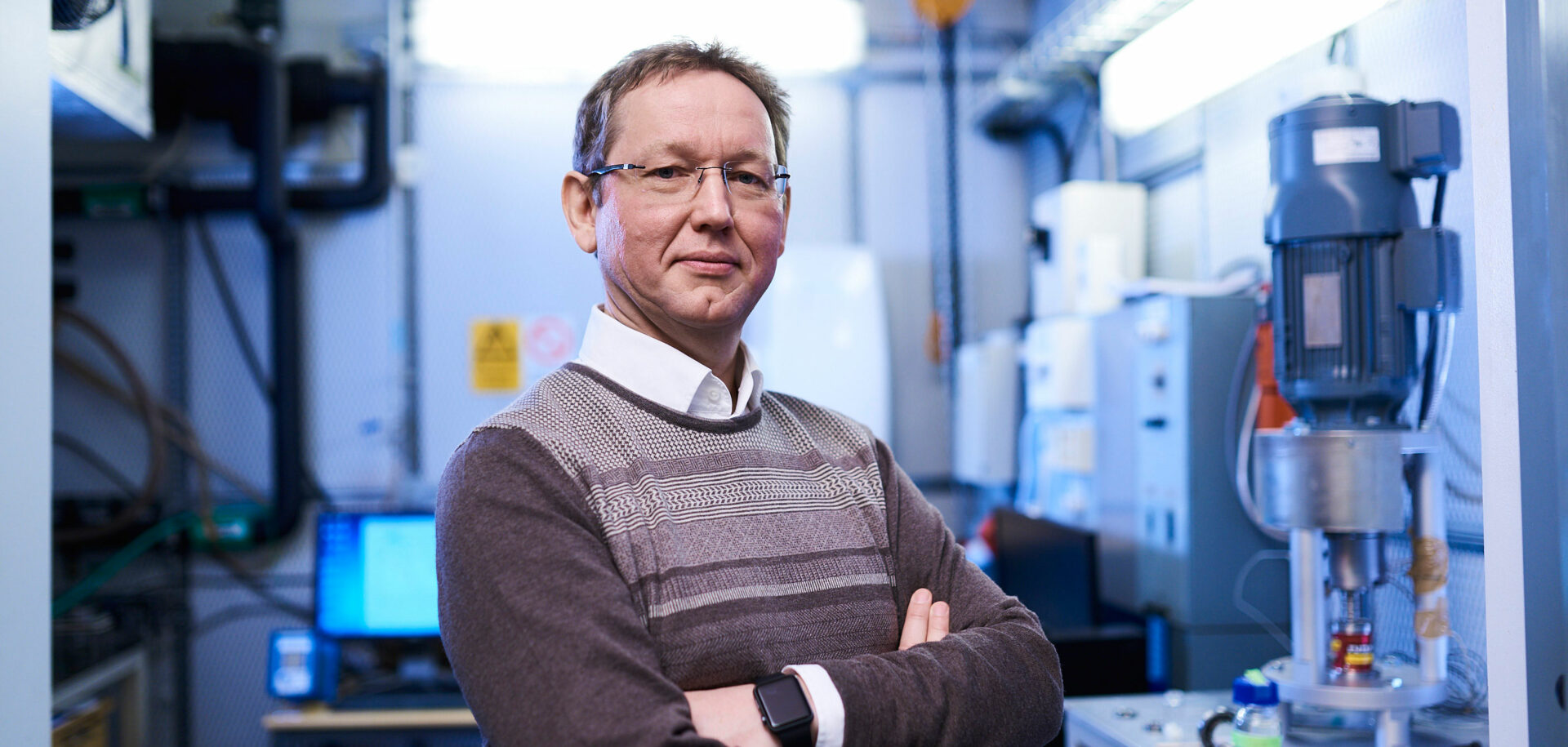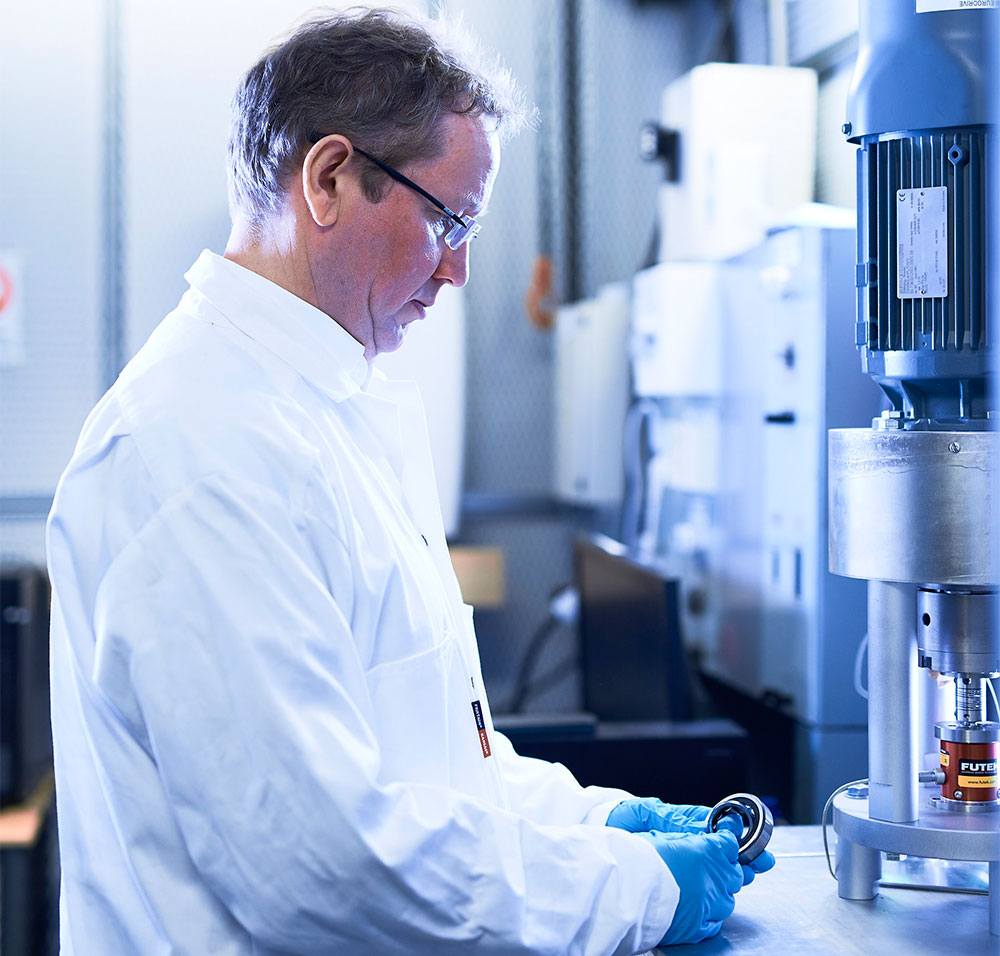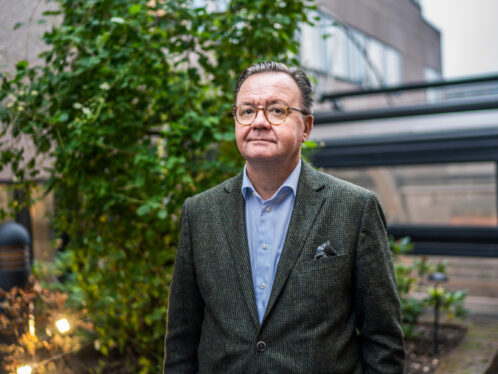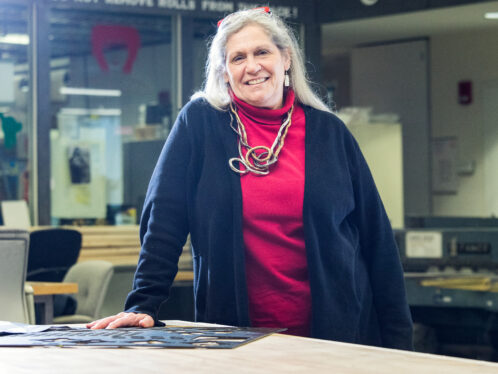
A friction fighter with a dream
Growing up with two volcanologist parents on the seismically active eastern edge of Siberia, Sergei Glavatskih seemed destined to be a scientist too. Now he uses chemistry and physics to take lubrication to the next level.
The son of two volcanologists, Sergei Glavatskih had a pathway into research that was in some ways preordained. “I was, by default, set for science,” Glavatskih reflects from his nondescript office at the Royal Institute of Technology (KTH) in Stockholm, Sweden. Raised on Russia’s far eastern Kamchatka peninsula, the land of volcanoes, he often “helped” his mother during summer research trips to geothermal fields and the Commander Islands.
We should pursue impossible dreams sometimes, and if we are successful there will be incredible gains for society.
Sergei Glavatskih
Forgoing military service (and quite possibly, he believes, the war in Afghanistan) by attending university in Moscow, Glavatskih earned a master’s in mechanical engineering and went on to his first PhD, in cryogenics. He developed patented resonance sensors, later used in the refuelling system of a passenger aircraft, the TU-154, which operated on liquefied natural gas.
Sergei Glavatskih
Born: 1966.
Lives: Stockholm, Sweden.
Works: Royal Institute of Technology (KTH), Stockholm, Sweden, and Ghent University, Ghent, Belgium.
Education: Master’s in mechanical engineering, honours diploma, 1989, Bauman Moscow State Technical University; PhD in cryogenics, 1994, Bauman Moscow State Technical University; PhD in machine elements, 2000, Lulea University of Technology (LUT); docent in machine elements, 2003, LUT.
Currently reading: Vikingarnas Värld (Viking World), by Kim Hjardar.
When the Cold War came to an end, Glavatskih left Russia, both to satisfy his yearning to travel and to begin his international research experience. “It was easier to come to Scandinavia, and I always liked the idea of Sweden,” he says. In Sweden Glavatskih embarked on his second PhD, in machine elements, which led to his work with Statoil on the development of environmentally adapted synthetic oils. The oils TURBWAY SE and TURBWAY SE LV became commercially available for rotating machinery.
Friction, as an area of research, has held increasing fascination for Glavatskih. He explains that it is one of the most fundamental areas in engineering and has been a concern of humankind since the earliest of times. Now it is more important than ever because of the amount of energy that the world produces and consumes, the associated losses and the consequent environmental implications.
Glavatskih says that many of today’s problems with machine efficacy come down to inappropriate lubricants and “just incremental” lubricant development over the years. Typically, he explains, machines are designed, and then it is decided which of the available lubricants to use based on viscosity.
“In many cases,” he says, “lubricants are regarded as chemical additives to an engineering solution.” Lubricant development is carried out by chemists and, as such, is considered almost a black art by mechanical engineers.
“We need to incorporate more advanced lubricant technologies in machine design and even new properties previously not possible with traditional lubricants to ensure the necessary improvements,” he says. “This can be achieved through a mechano-chemical approach, so we should use our knowledge of chemistry on a molecular level and some physics and mechanics to give lubricants new properties to enable new technologies.
“If you look back at history, even in the 19th century, the great scientists did not define themselves as scientists in ‘machine elements’ or ‘thermo-dynamics’,” Glavatskih explains. “They did many things in many different subjects. Unfortunately, for some reason, as time went on, everything became more ‘siloed’ – it has all become so narrow. As a result of that we have to change things about the way we work.”
The way in which researchers and scientists work stems naturally from the way they’ve been educated. As a scientist Glavatskih feels strongly that the educational aspect of his work at KTH is just as important as the research he is engaged in. “We must further investigate and consider the way we are teaching and training the engineers of tomorrow,” he says, adding that his work will plant the seed for a non-linear, collaborative and innovative way of thinking and working.
At KTH, Glavatskih leads a diverse team of researchers from backgrounds such as nano-technology, chemistry and fluid mechanics. “Our starting point is that we consider a lubricant a machine element in itself,” he says. The notion of lubricant as an integral part of the machine is key to Glavatskih’s design philosophy.
One of Glavatskih’s current research projects, supported by the Swedish Knut and Alice Wallenberg Foundation, is an investigation into ionic liquids (room temperature molten salts). Glavatskih and his team are exploring the potential of these ionic compounds in lubrication. Their results show that ionic liquids can serve as a key technology enabler in lubrication. A multiscale approach to the lubricant design developed by the team enables tuning the temperature, pressure and shear response of the ionic liquids to provide lubricants with desired properties. Important aspects of the design procedure are sustainable synthesis paths and a lower environmental impact.
It is possible, in situ, to control friction performance of the tailored ionic liquids, which is unachievable with conventional molecular lubricants. His vision is to bring to the market the novel “active” approach to the problem of friction and wear reduction in lubricated contacts, manipulating in real time the rheology and near-surface structure of the lubricants based on the tailored ionic liquids.
“My job as a scientist is to be a little crazy,” says Glavatskih. “We should pursue impossible dreams sometimes, and if we are successful there will be incredible gains for society.”





